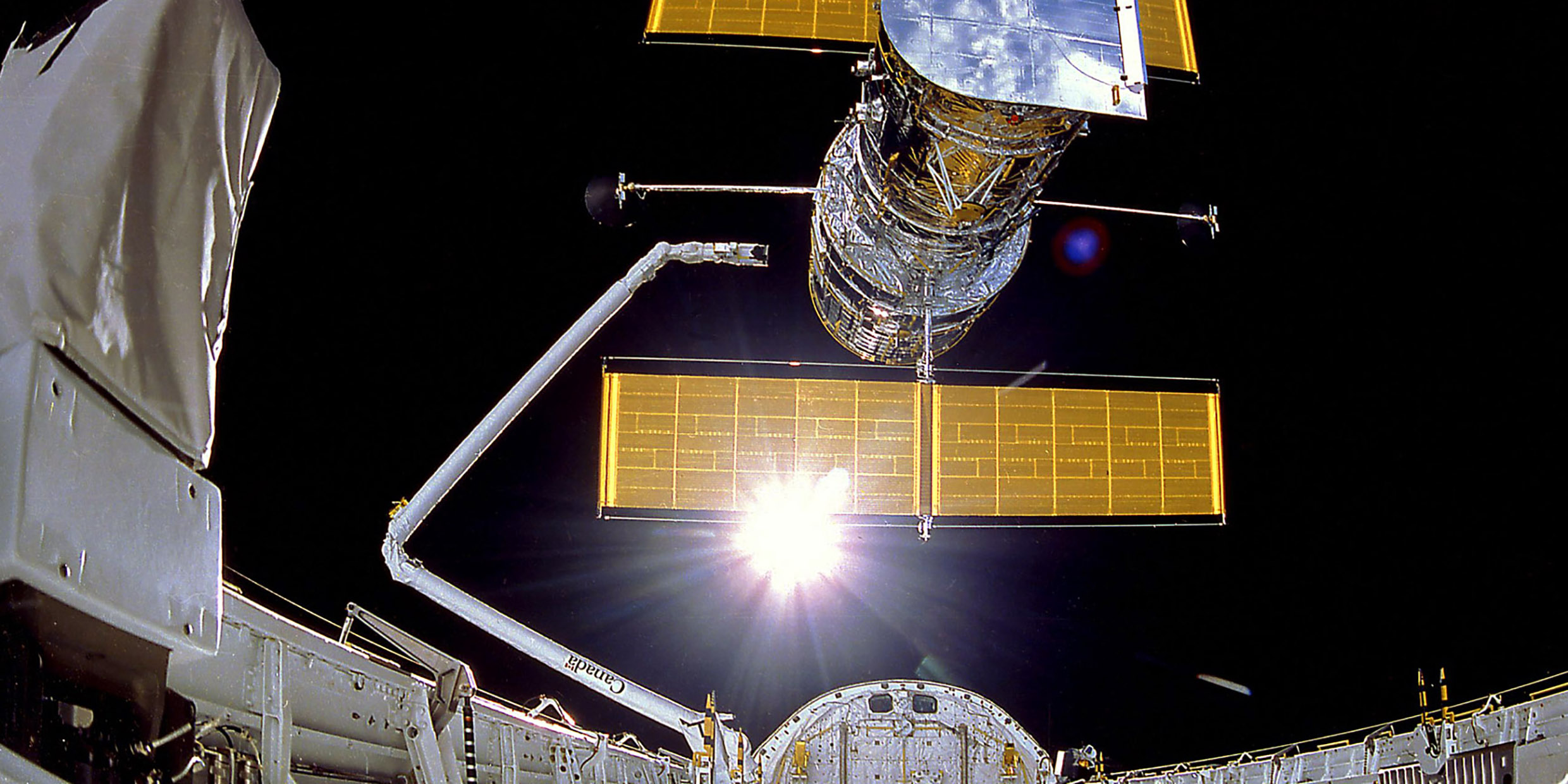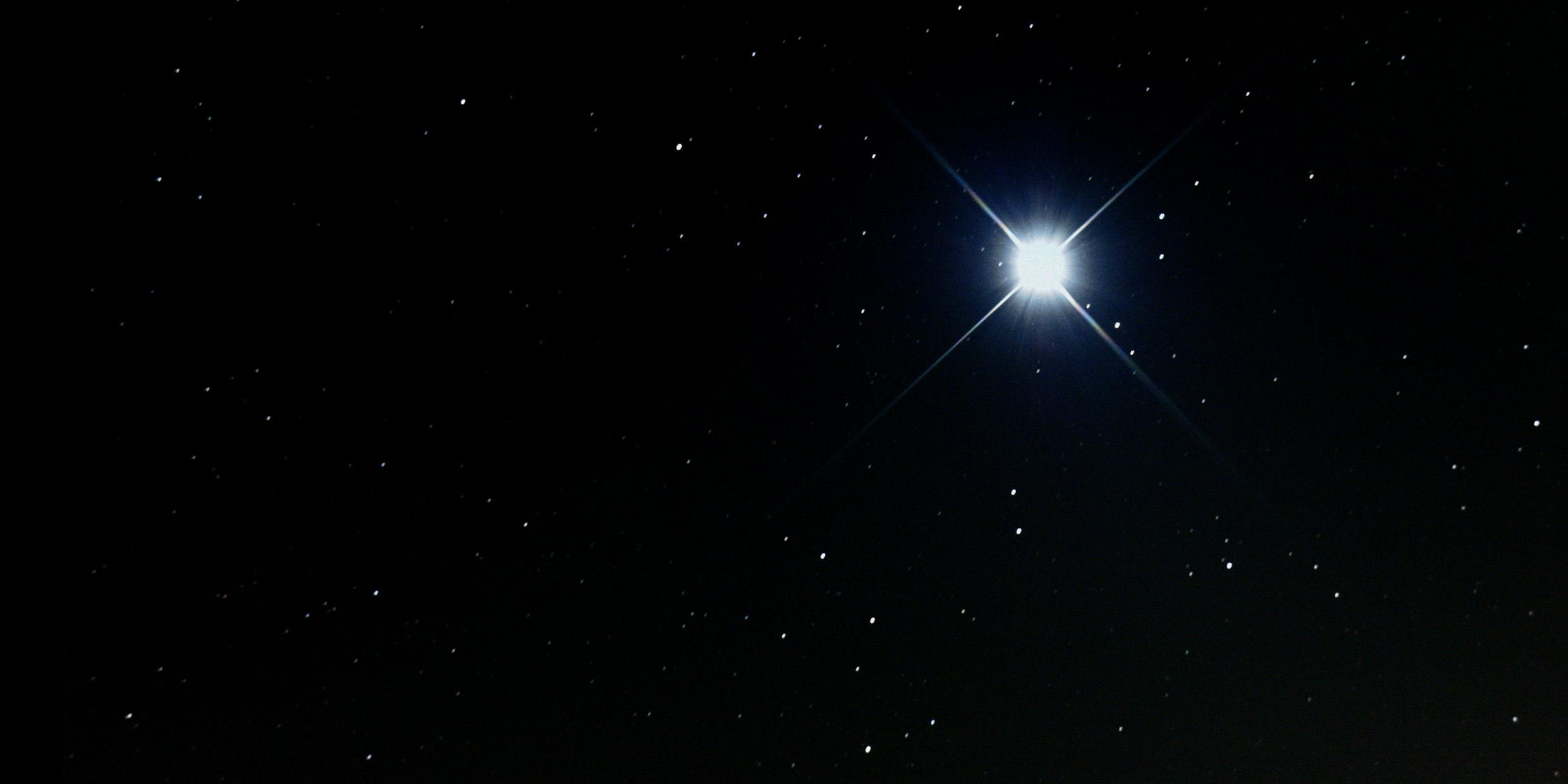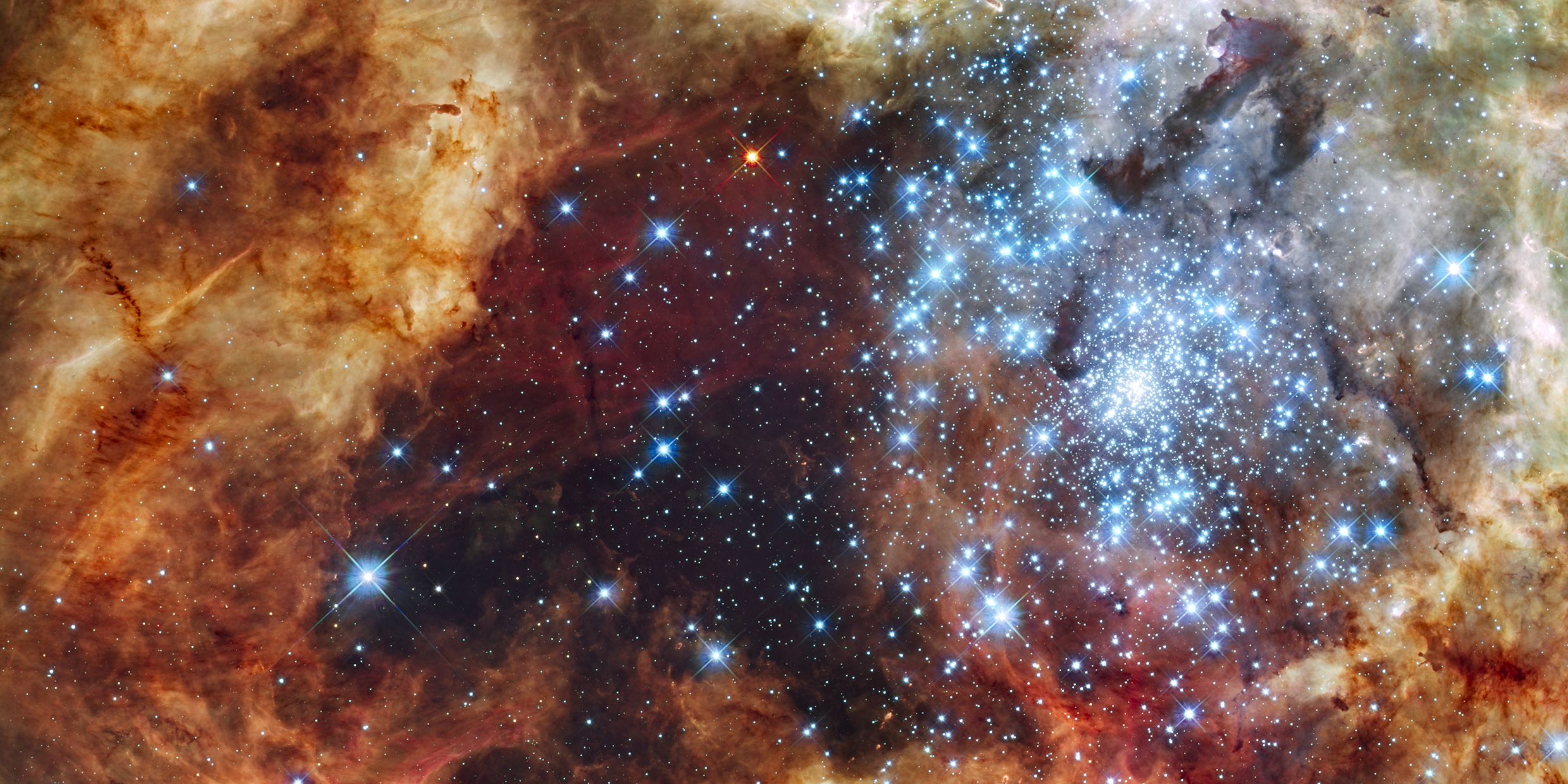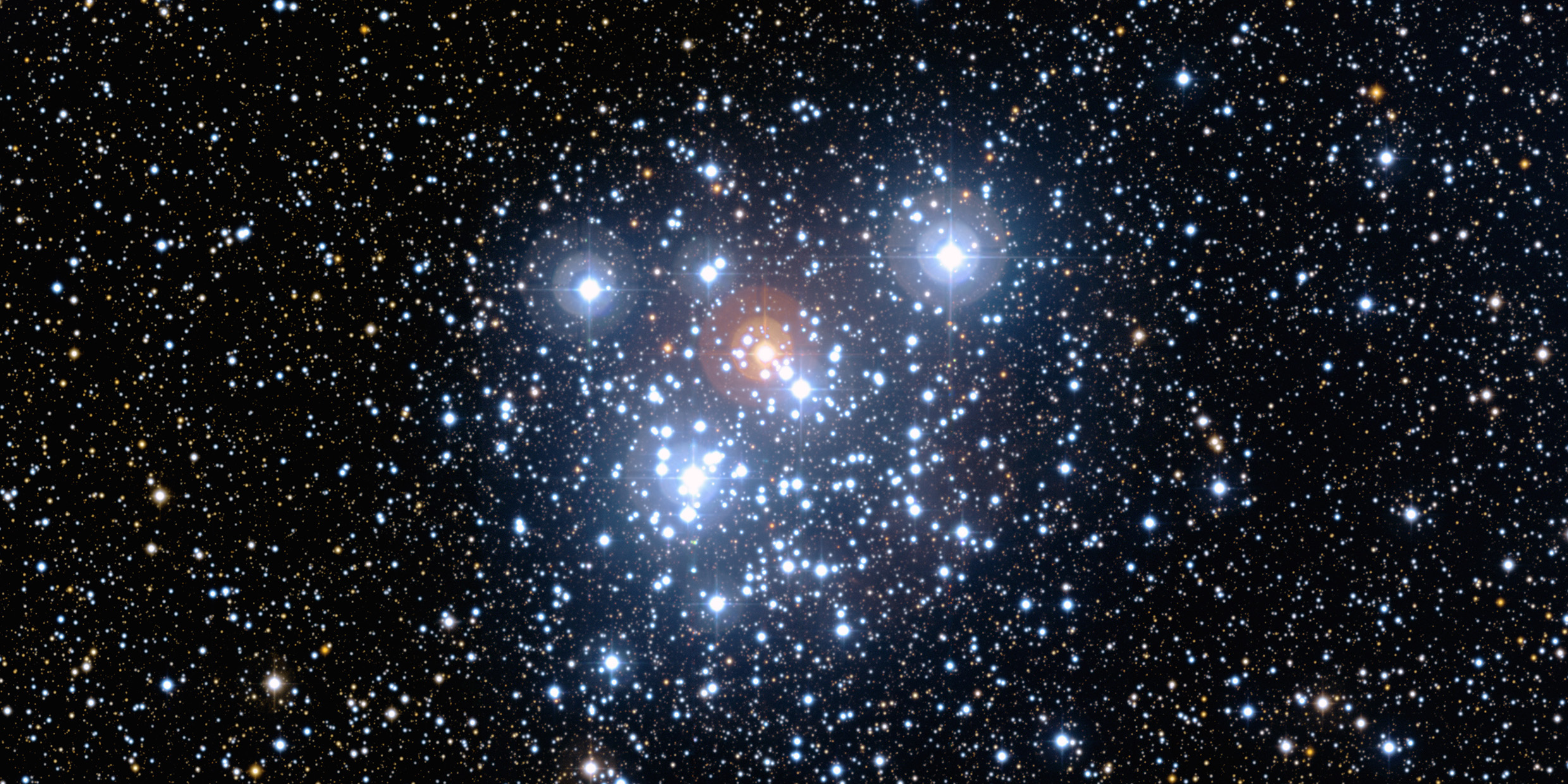One year ago this week [in January 1986], the Space Shuttle Challenger exploded shortly after takeoff, taking seven astronauts to a fiery death. Evaluation of the accident and redesign of the shuttle and booster rockets has interrupted the launch schedule for at least two years. For astronomers, the grounded shuttle has meant a frustrating delay in deployment of the Hubble Space Telescope, one of the most remarkable instruments in the history of science, and one that has the potential to revolutionize our knowledge of the universe.
Articles with Stars
Sirius joins us to the stars
There was a time, before Galileo turned his telescope heavenward, when people believed that the stars were immutable. The celestial sphere, at God’s feet, was fixed and eternal. When something new was observed in the sky — a comet, perhaps — it was assumed to belong to the earthly realm, somewhere below the Moon.
New variety among the stars
A population profile of the stars is like a pyramid. At the top of the pyramid are the blue giant stars, the lords of the galaxy.
The colorful stars
I have heard it said that the art of observing the night sky is fifty percent vision and fifty percent imagination. Nothing illustrates the truth of the saying better than the colors of stars.



